Cost-Saving Benefits Of Automating HR Functions
HR Stacks Blog
MAY 21, 2025
Human Resources (HR) departments are increasingly turning to automation to enhance efficiency and reduce costs. Traditional HR processes, often laden with manual tasks, can be time-consuming and prone to errors, leading to increased operational expenses. What Is HR Automation?

















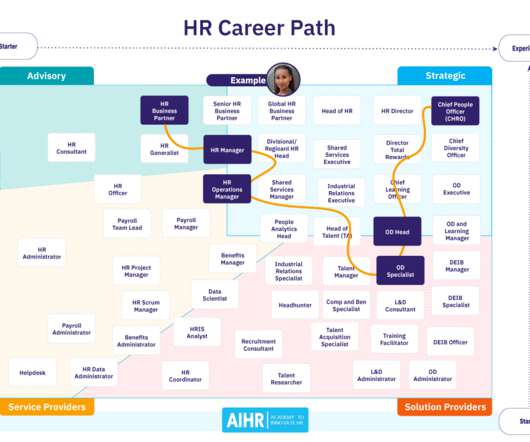

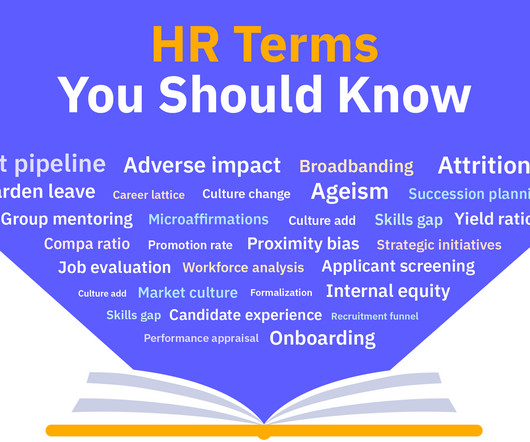


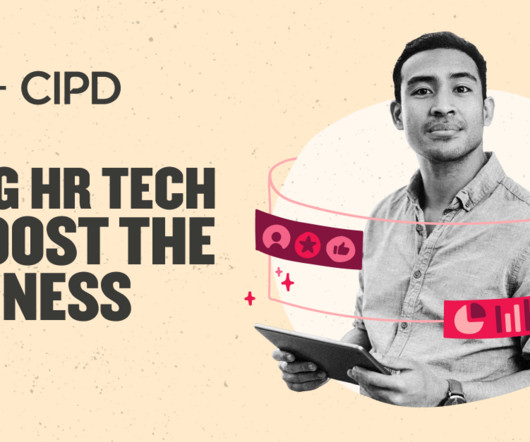
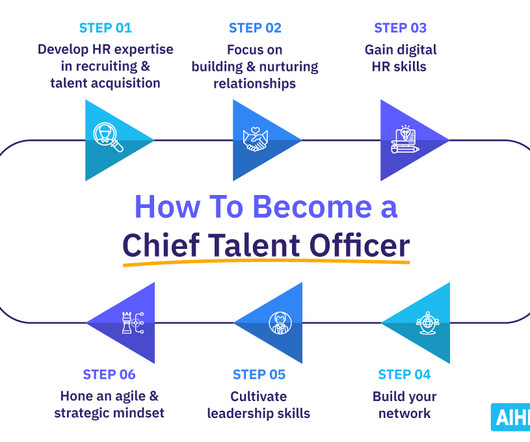

















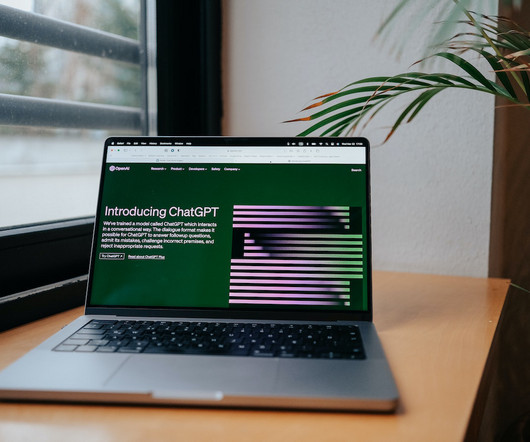













Let's personalize your content